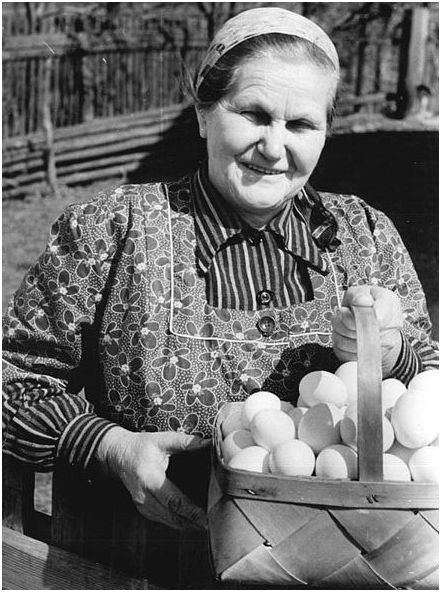Correlation
by Andrew Boyd
Today, eggs and baskets. The University of Houston's College of Engineering presents this series about the machines that make our civilization run, and the peoplewhose ingenuity created them.
"Don't put all your eggs in one basket." It's great advice, especially when it comes to money. But there's a catch — a catch surfaced by Nobel laureate Harry Markowitz. And it can lead to big trouble.

To understand the catch, let's play a game. We'll flip a coin. If it comes up heads, I pay you two million dollars. Not bad. But if it comes up tails, you pay me one million dollars. It's still a great deal for you — my two million against your one million — but it carries a lot of risk. If you lose, you'll have a huge debt to pay. The risk is so high many of us wouldn't want to play, and shouldn't.

But the risk can be reduced with one small trick. Don't flip the coin once with a one-million-or-two-million outcome. Instead, convince me to flip the coin a million times with a one-dollar-or-two-dollar outcome. Now you're not putting all your eggs in one basket. And with a little mathematics, we can make some very strong predictions.
With this new game, it's more likely to snow in Houston for the entire month of August than for you to lose any money. And with a 99.99999 percent chance, you'll win half a million dollars, give or take a couple of thousand. The chance of a two million dollar jackpot has evaporated. But you've assured yourself of a smaller win while reducing your risk of loss to effectively nothing.
The catch that makes the game work is that the coin flips aren't correlated. When I flip a coin once, it has no effect on the outcome of the next flip, and that's very important. Suppose instead we play with a two-headed or two-tailed coin but don't know which at the start. Then once we see the first flip, we'll know it's either all heads or all tails from there on out. The flips are now perfectly correlated, and you're back to winning two million or losing one million, with nothing in between. You haven't reduced your risk at all.

Thanks in part to the work of Harry Markowitz, good financial analysts worry incessantly about the correlation of their coin flips — what amounts to the assets they buy. They don't want to buy a single asset; they want to buy a portfolio of assets such that when one fails, it doesn't portend failure in the others. If analysts aren't careful about the price correlation of their assets, they aren't reducing their risk — or at least not by as much as they think. So how do financial analysts determine the price correlation of two assets? It's not nearly as easy as looking at the two sides of a coin. Analysts have a wealth of data and powerful statistical tools, but ultimately humans must interpret the results. And as we know, human judgment isn't always perfect.
I'm Andy Boyd at the University of Houston, where we're interested in the way inventive minds work.
Notes and references:
One of the factors that contributed to the 2008 financial disaster was a failure to appreciate the correlation between defaults on individual home mortgages. If defaults were truly uncorrelated, then individually risky mortgages could, in fact, be relatively safe when bundled together — just like the flipping of a coin with heads on one side and tails on the other. But the failures proved to be highly correlated, and quantitative analysts as a group failed to understand how correlated they were.
The picture of the eggs is from Wikimedia Commons. The pictures of the quarters are by E. A. Boyd.